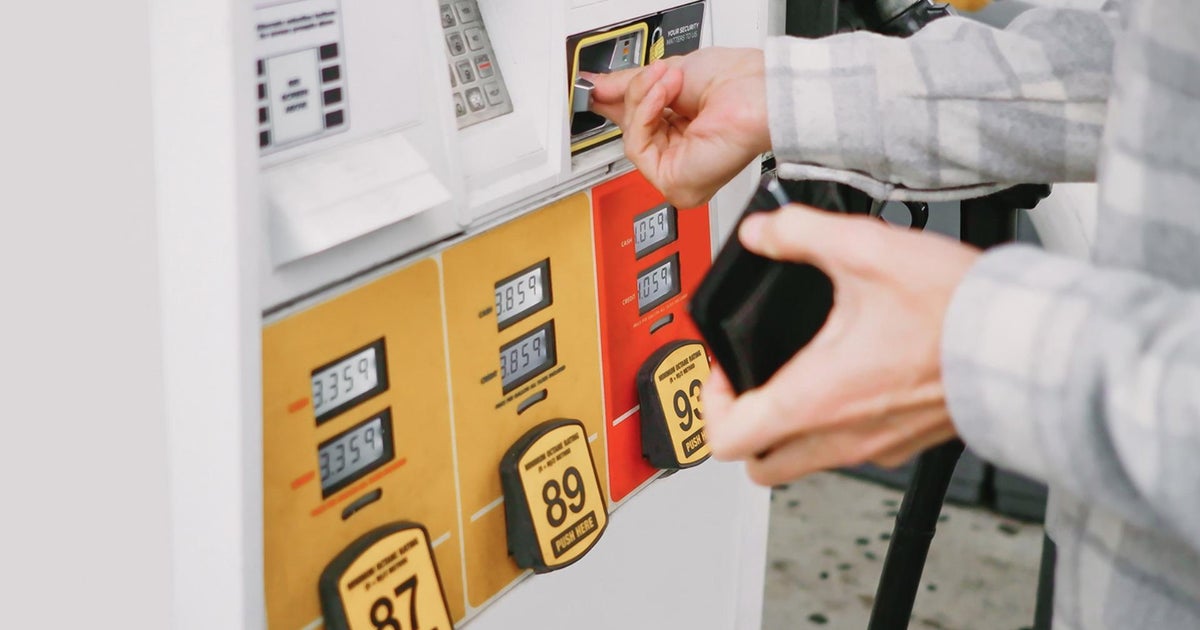Does It Really Do That: Accu-Pressure Safety Caps
PITTSBURGH (KDKA) - Underinflated tires can end up costing drivers money at the gas pump or even to lose control on the road.
But Accu-Pressure Safety Caps promise to give you more miles to the gallon, increase the life of your tires and reduce the danger of losing control by showing you when your tire pressure is too low.
But does it really do that?
KDKA Consumer Editor Yvonne Zanos along with Lou Ickes and William Lindsay, of Western Pennsylvania AAA, puts them to the test.
Ickes says ignoring tire pressure is the number one car maintenance problem in the country.
"They should be checked monthly at worst," says Ickes. "Most of us go – what - every three months or so … whenever."
Ickes volunteers his car and Lindsey, a certified service expert with AAA, performs the test.
First, to find out what the correct air pressure should be - don't look at the tire - look at the inside of the driver's door jam, or - in some cases - the inside of the rear door jam.
In this case, for the make and model of Ickes' car, the correct inflation is 30 pounds per square inch or 30 PSI. So, our testers use the 30 PSI Accu-Pressure Safety Caps.
"You always want to check your tire pressure cold," says Ickes.
That means to check it before you leave your house. Once you're on the road, the air inside the tire heats up - increasing the pressure.
Here's how the product works:
If your tire is properly inflated, the Accu-Pressure Safety Caps stay green.
But if your tire pressure is four or five pounds low, the cap should turn yellow. And if your tire is 10 or more pounds low, the safety cap should turn red.
Here's what happened when our testers tried the safety caps:
First, they replaced the four regular tire caps with the Accu-Pressure version.
The passenger rear tire is properly inflated at 30 PSI. And that's the message relayed by the green color from the Accu-Pressure Safety Cap.
Meanwhile, tire number two should not be green - it's underinflated to 26 PSI.
"It should be a yellow," says Ickes. "It's reading half yellow and half red. That is an indication that something is wrong - an indication that your tire is underinflated."
For tire number three, the testers let out enough air so it was at 20 PSI.
"Which is ten pounds under and it reads red," says Ickles. "Which represents exactly what it should."
Tire number four is our testers' trick tire because it has been overinflated at 35 PSI.
However, the Accu-Pressure Safety Caps don't account for over inflation. So, it reads the over inflated tire as 30 PSI with a green light and that could be misleading.
But all in all our testers are satisfied giving the safety caps a thumbs up except for the price plus shipping and handling.
Regular tire gauges are available for $8 and will last forever.
But Ickes also offered a caution about some downsides to the product.
The directions suggest removal of the safety caps every time you take your car through a car wash. Also, he says to watch out for low curbs because the safety caps stick out.
"They could be knocked off or turned and you'd lose all your tire pressure and have a flat tire and have to call AAA," says Ickes.



